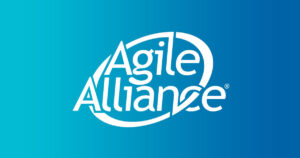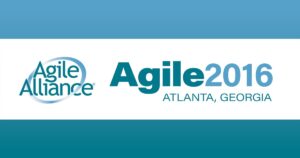One of the most challenging and trouble-prone aspects of agile product development is discovering the right product requirements to deliver at the right time, for the right customer. User stories and product backlogs are useful tools, but wait—there’s more!
Join Mary Gorman in this fast-paced introduction to a common-sense, tested approach to agile requirements. You will follow a story as it’s sliced across seven product dimensions with a constant focus on delivering value. You’ll realize the power of sketching analysis models to “see” agile requirements and the strength of using acceptance criteria to ideate and confirm agile requirements. Mary also will showcase creative ways to engage in collaborative conversations that result in right and ready agile requirements.
Discover how a holistic, adaptive approach to agile requirements provides a sound foundation for your product backlog through effective stakeholder conversations, collaboration, and a shared understanding of ever-evolving product needs. This session will help you appreciate how adaptive planning replaces change management with value management.



